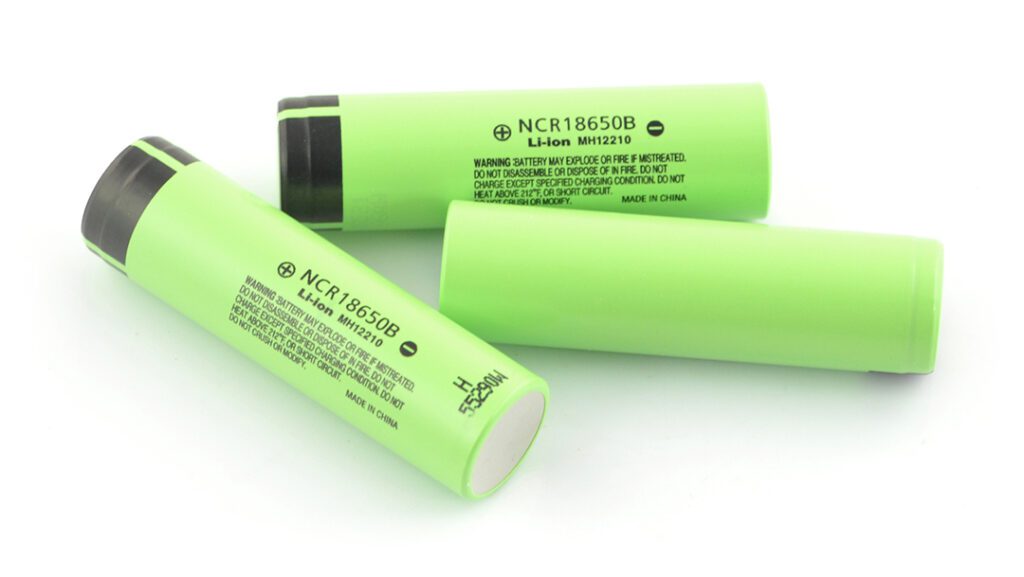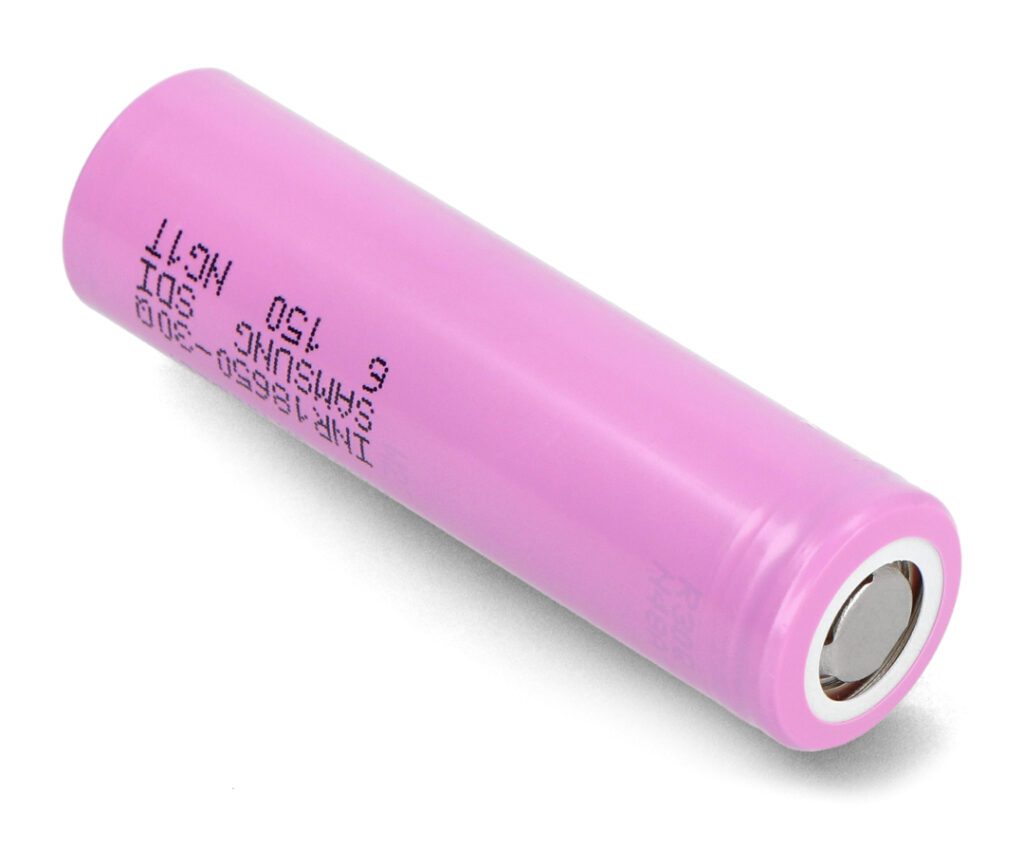Table of Contents:
Are you interested in new technologies and wondering what the li-ion cell phenomenon is all about? This article will explain in detail what li-ion cells are, how they are constructed, where they are used, and their benefits and challenges. Dive into the world of electrochemistry and discover the secrets of one of the most common types of batteries used today
The basics of a li-ion cell
Li-ion cell
, the full name is lithium-ion cell, is a type of battery – a rechargeable battery that uses electrochemical fields between two electrode materials. The definition of a li-ion cell is so simple, yet it hides a wealth of possibilities.
The principle of the li-ion cell is the cycling of lithium ions between the anode and cathode. During charging, lithium ions move from the cathode to the anode. When, on the other hand, the battery is discharged (that is, used to power appliances), the lithium ions move back to the cathode, thus generating an electric current.
This simple, yet extremely effective mechanism is the basic foundation of li-ion technology. Lithium metal, from which the cells are constructed, is the element with the lowest mass, which directly translates into a low weight of the entire battery. In addition, these cells feature a high nominal voltage, making them ideal for powering portable electronics.
Design and types of li-ion cells
Design
li-ion cell
is complex, but fully optimized to perform its role. As previously mentioned, it consists of an anode, a cathode, with an electrolyte and separator in between. The anode is often made of graphite, while the cathode, depending on the type of cell, can be made of various materials, including lithium-cobalt oxide, iron phosphate or lithium-manganese oxide. The electrolyte, is a liquid substance that allows the movement of lithium ions, and the separator is a thin layer of non-conductive material that prevents a short circuit between the anode and cathode.
Types
li-ion cells
are diverse and each has its own unique characteristics. A common type is the li-cobalt cell, which has a high energy density but low thermal stability.
The li-iron-phosphate cell, which has a lower energy density but is more thermally stable, is different. Another type, the li-manganese cell, offers good trade-offs between energy density, thermal stability and cost. All of these cell types have their own unique applications, demonstrating the enormous flexibility of li-ion cell technology.
Examples of the use of the li-ion cell in practice
Application
li-ion cells
is very wide due to their unique properties. Mobile devices deserve a special place on the list. Smartphones, laptops, tablets, or e-book readers are all devices that accompany us almost constantly on a daily basis. All these examples of the use of li-ion cells are due to their light weight, high energy density and rechargeability.
However, these are not the only areas where li-ion cells have found their application. Electric vehicles, including cars, bicycles or scooters, are increasingly using this type of battery because of its energy efficiency. They are also gaining popularity in industry, especially in energy storage systems or off-grid applications.
This growing popularity is related to the rapid development of technology, which has resulted in continuous improvements in the efficiency and reliability of li-ion cells. Regardless of the area of application, li-ion cells make it possible to use energy efficiently where it is needed most, thus improving our quality of life.
Advantages and limitations of li-ion cell technology
Advantages of using technology
li-ion cells
are numerous and are definitely contributing to its global popularity. One is the high energy density, which means that a li-ion cell can store a large amount of energy in a relatively small space. This is especially beneficial in mobile devices, which should be light and compact.
In addition, li-ion cells offer a long life, and can be recharged multiple times without a significant drop in performance. It’s also worth noting that they don’t have a ‘memory’ effect, meaning they don’t need to be completely discharged before recharging, which is typical of some other battery types.
Despite these benefits, li-ion cell technology also has some limitations. Often cited is the risk of overheating. Some cells, such as those based on cobalt, can be thermally unstable, which can lead to damage. In rare cases, improper charging or use can even lead to ignition or explosion of batteries.
In addition, although li-ion cells have a long lifespan, their efficiency gradually decreases over time, shortening the life of the device. Finally, the manufacturing process of li-ion cells is expensive and energy-intensive, which affects the final price of devices powered by these batteries. Nevertheless, the trade-off between the advantages and limitations of li-ion cell technology is currently the most optimal compared to other energy sources.
The future of li-ion technology
The future
li-ion cells
appears to be very promising, thanks to ongoing developments in technology. Some researchers and industrialists are focusing on developing new materials for anodes and cathodes that could increase energy density, improve thermal stability and at the same time reduce production costs.
Other research focuses on improving safety through the development of advanced battery management and thermal protection systems. Reducing the environmental impact of li-ion cells by seeking greener materials and manufacturing processes is also an important goal. Without a doubt, the future of li-ion cells seems bright, with their increasing use in various technology domains.
How useful was this post?
Click on a star to rate it!
Average rating 0 / 5. Vote count: 0
No votes so far! Be the first to rate this post.





















